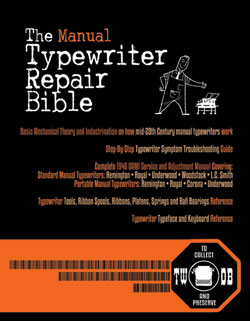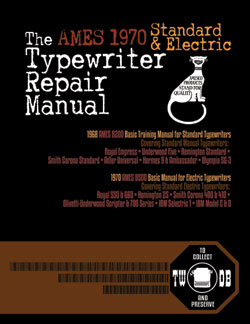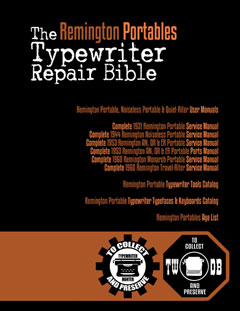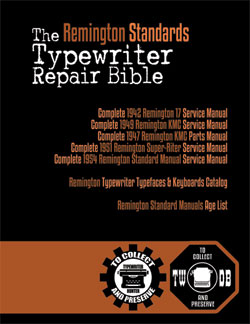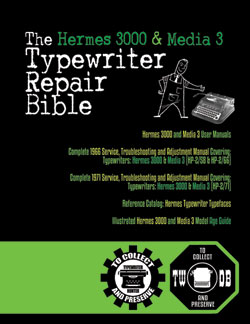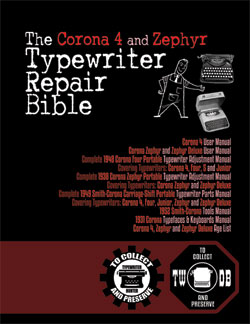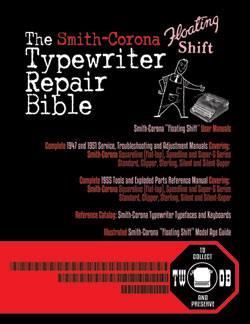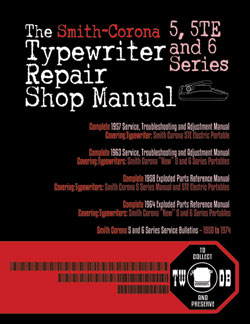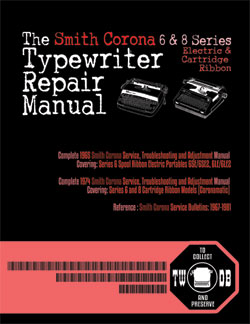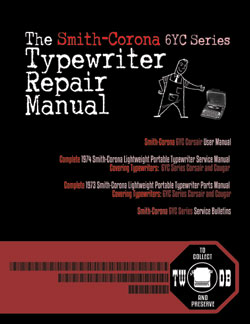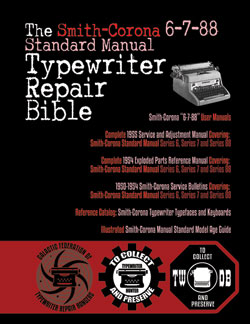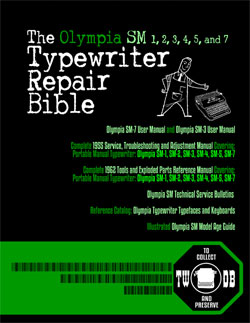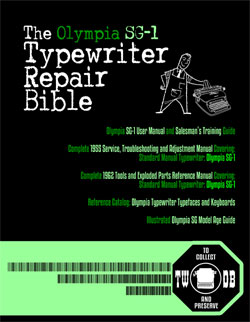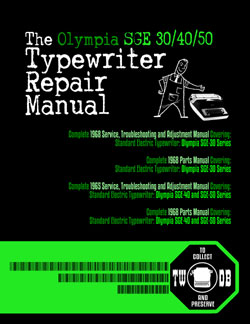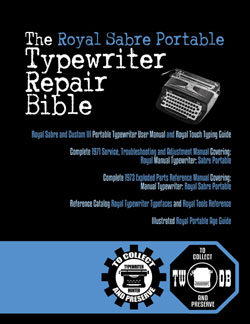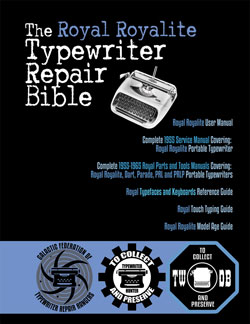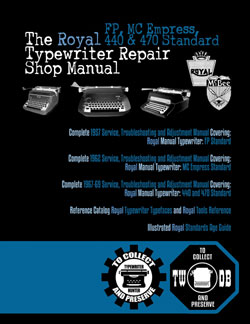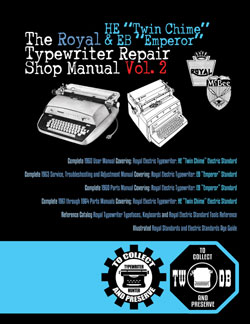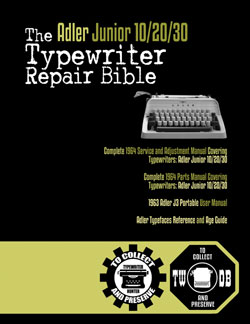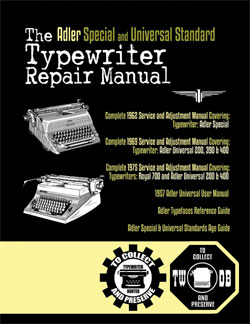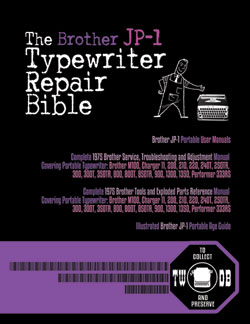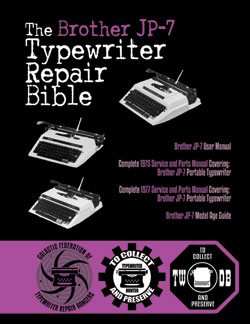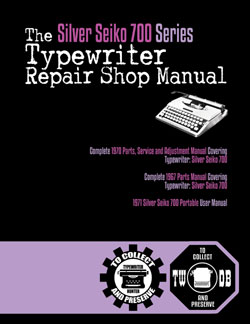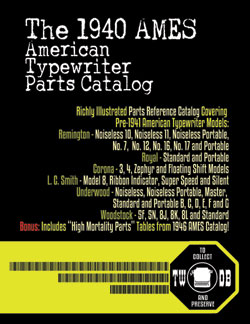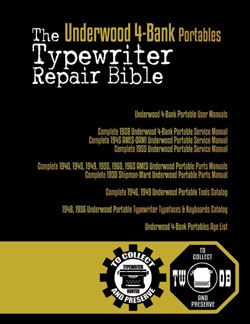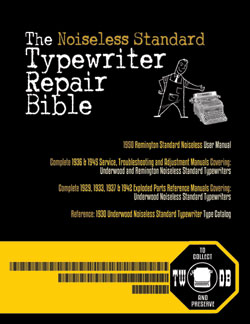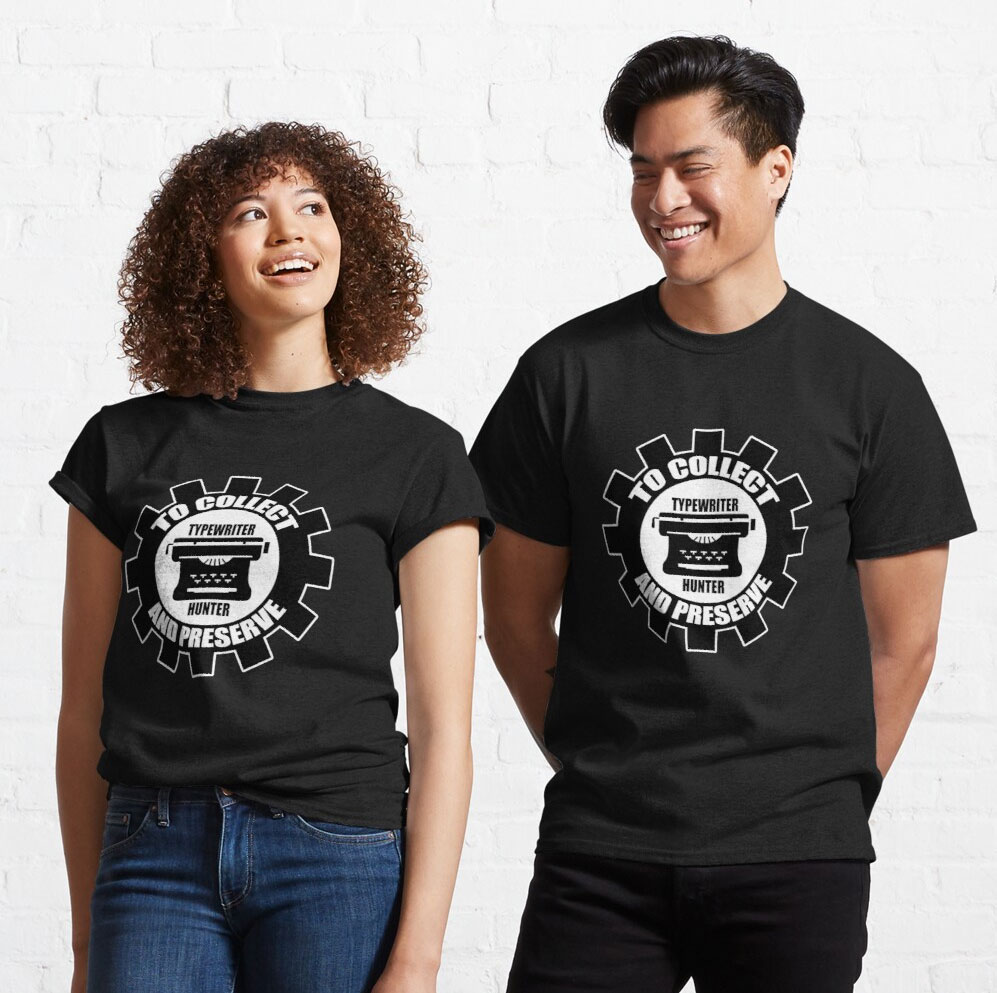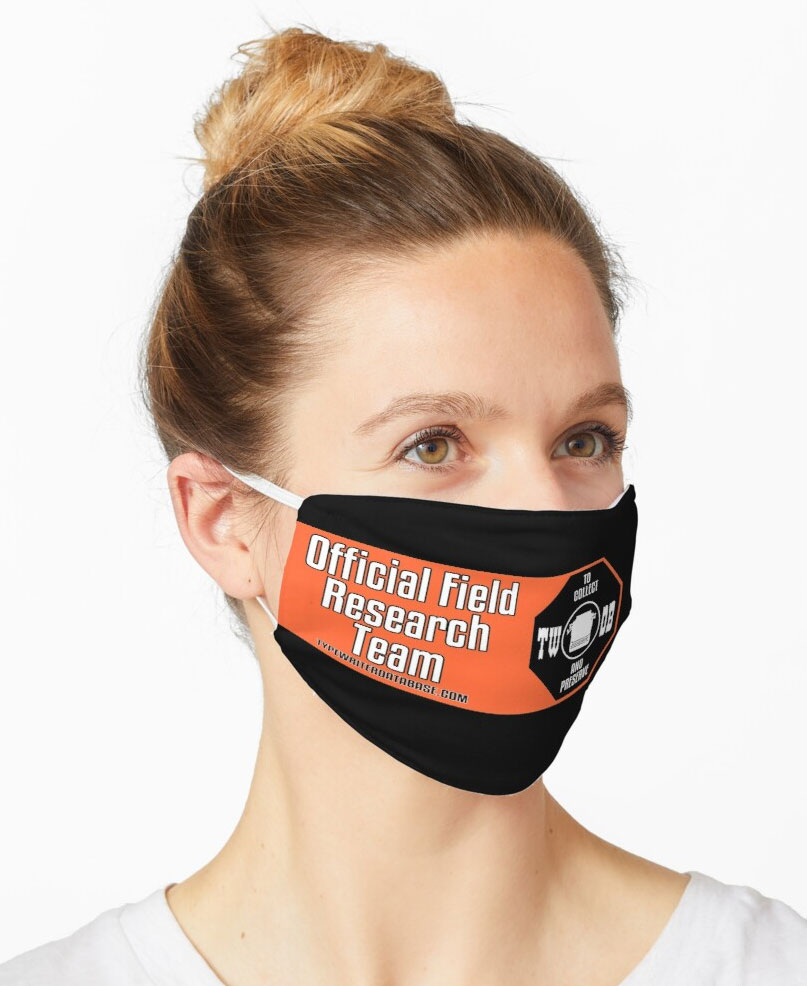1951 Hermes Baby #5218979
Status: My Collection
Hunter: Wayne Bouchard (azweb100)
Created: 04-19-2024 at 09:51PM
Last Edit: 04-19-2024 at 10:05PM

Description:
A Hermes Baby typewriter. This is the second major body style, following on from the original 1930s "Featherweight" body with the exposed spools. These typewriters were among the early "ultra portables" (or "slim portables", as I term them). Note that there is no case. Rather, there is a cover that snaps over the typewriter. To keep them light and to keep the cost down, very thin sheet metal pressings were used for the body. Unfortunately, this also lead to them bending or denting easily--especially the spool covers--which could interfere with function. Note that as a simpler typewriter, there is no tab system or bi-chrome function and only a single carriage release lever, on the left-hand side. There is also no variable, just the ratchet release.
This particular unit has the "AZERTY" French keyboard layout, complete with the ordinal mark (the superscript "O" with the line under it). Note that the numerals are shifted to make room for pre-fab letters with the diacritic marks (accents) to facilitate easier typing, since French uses accents frequently.. If you're not used to this layout, having the letters moved around will make it very hard to type on.Also, since there is no "1" key, typing strings of numbers will likely lead to an upper case "L" in there somewhere instead of the lower case letter used in place of the 1. The Baby was only ever offered with basic Pica and Elite typeface. No special typefaces or variations on those were listed in the catalogue that I could see. This particular one is outfitted with Pica, meaning 10 pitch and 6 lines per inch. There is only one "dead" key on this typewriter and that is the circumflex/tremolo key, next to the "P". All overs are active and advance the carriage when typed.
This typewriter is in good typing shape, but the logo, already fading, suffered during cleaning and I'm not skillful enough to recreate it. Thanks to the solid cover and bottom plate, while in storage, there wasn't any dirt getting into the typewriter. Just dust that accumulated during it's time in use when the cover was removed. All I had to do was clean it and do a slight shift adjustment.
Typeface Specimen:
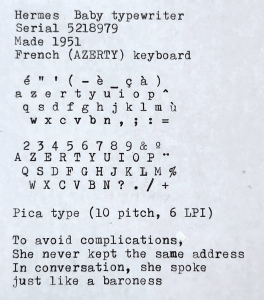
Photos:
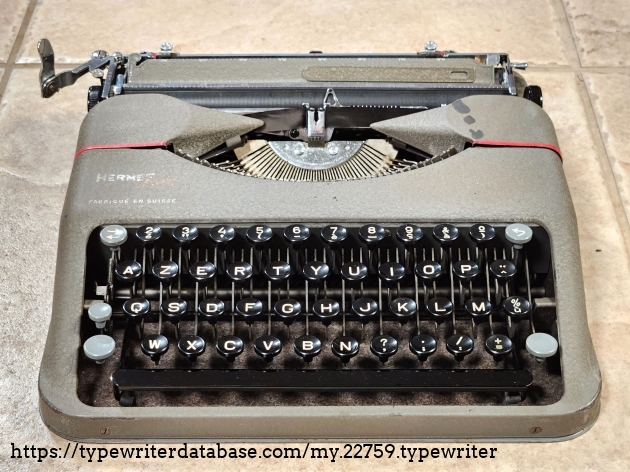
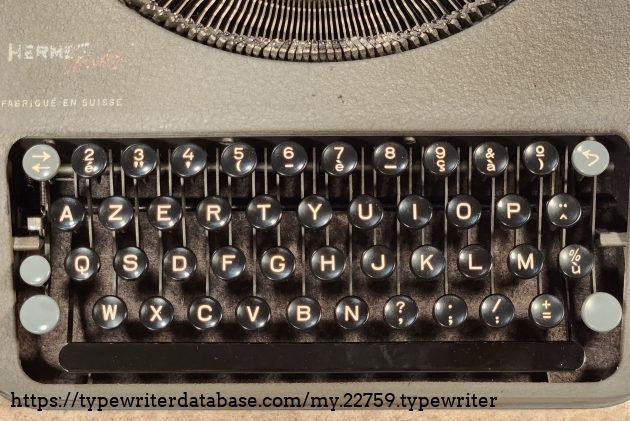
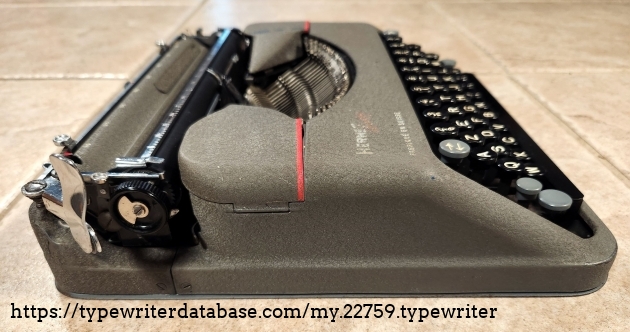
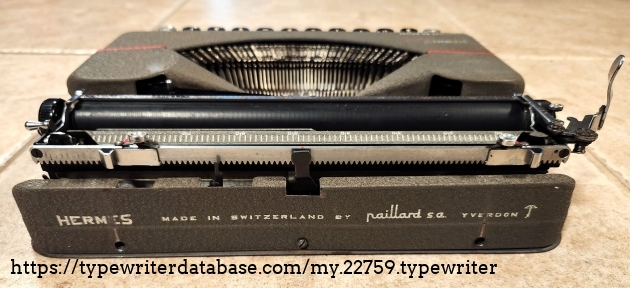
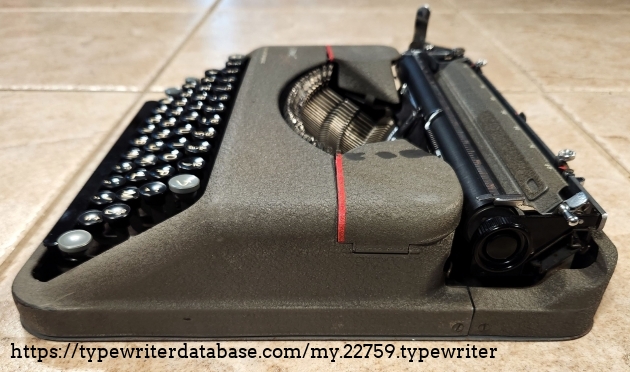
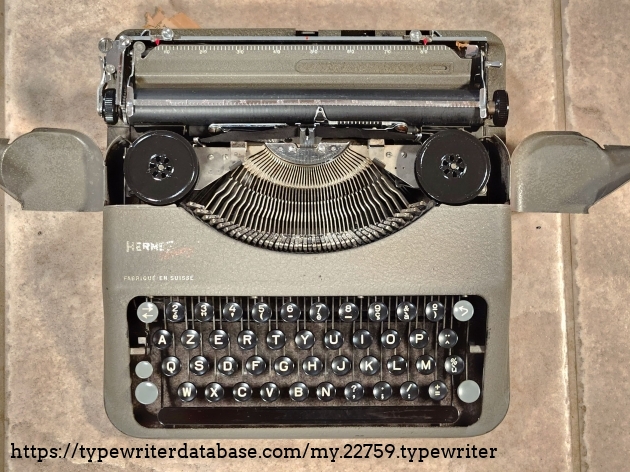
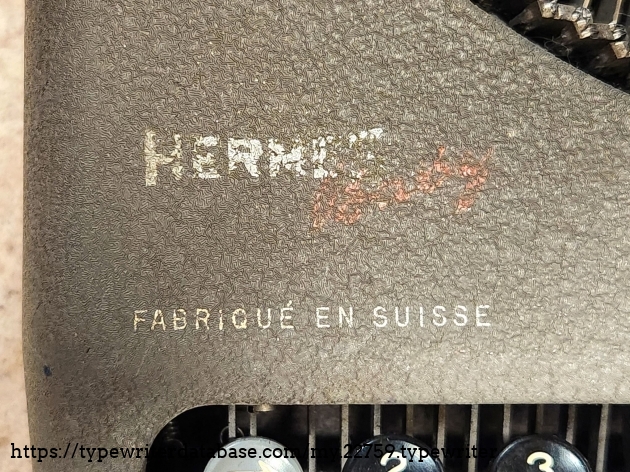
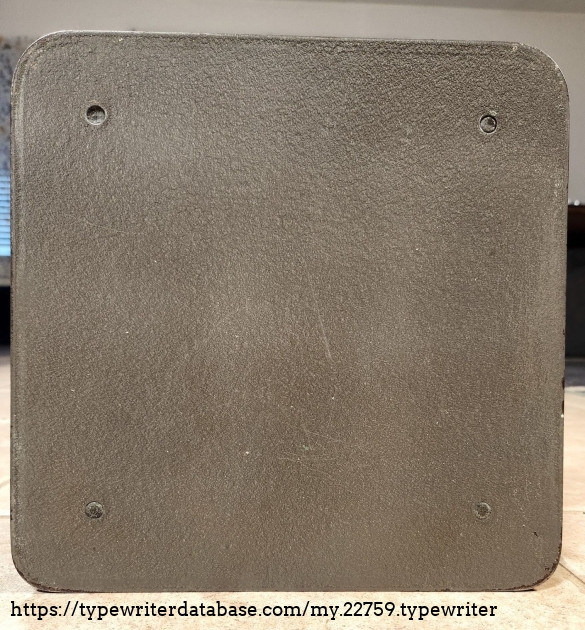
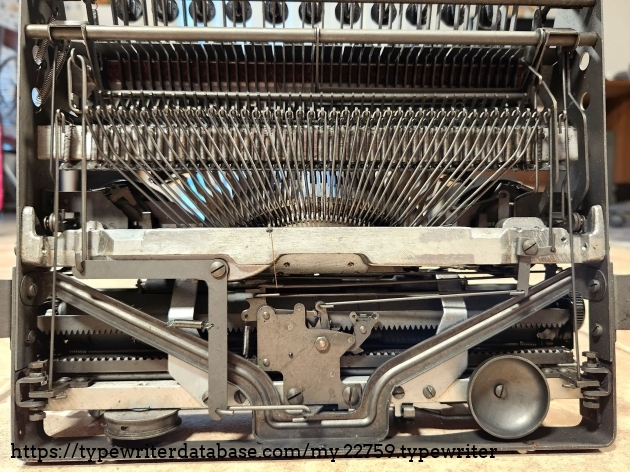
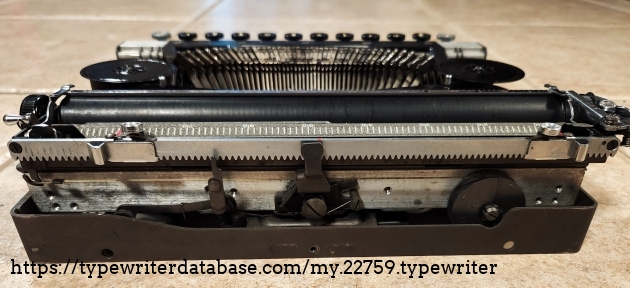
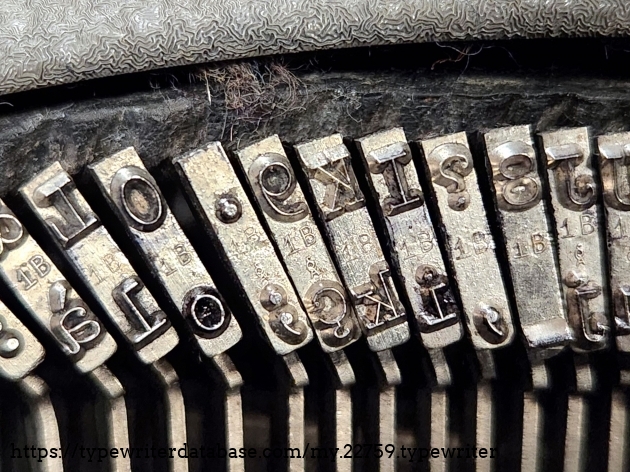
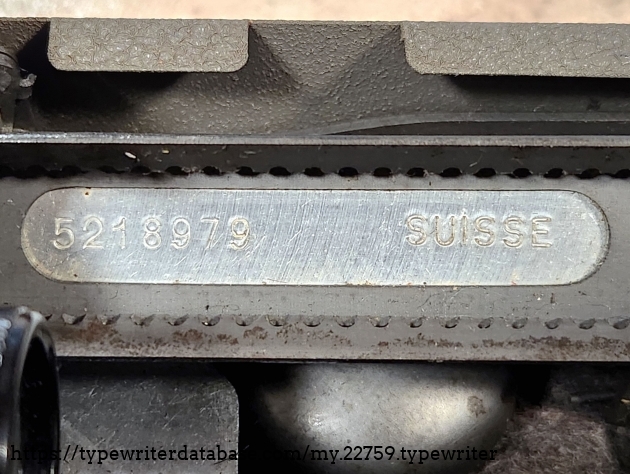
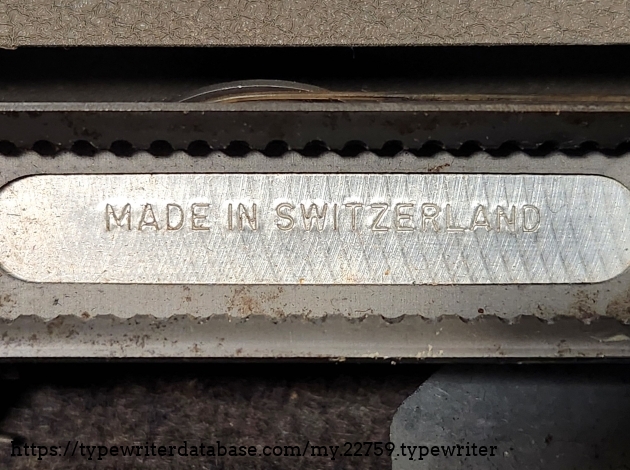
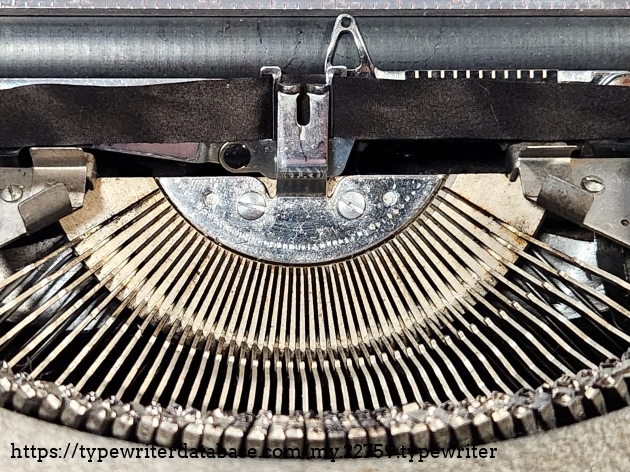


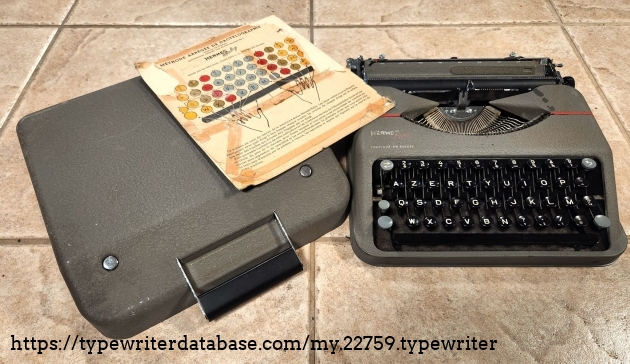
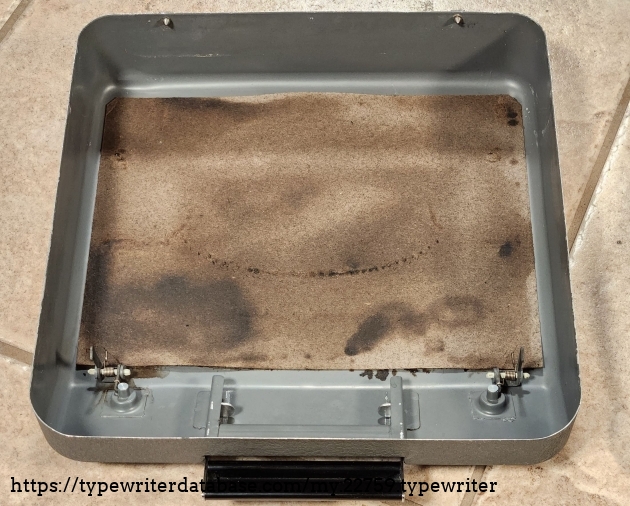
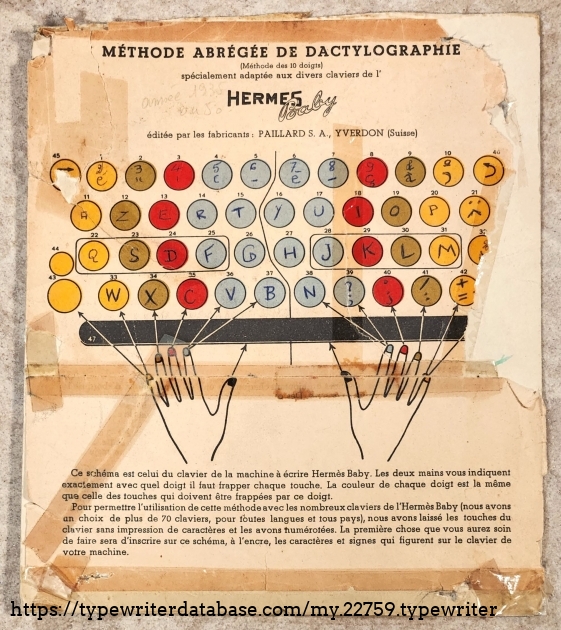
Hunter: Wayne Bouchard (azweb100)
Wayne Bouchard's Typewriter Galleries [ My Collection ] [ My Sightings ]
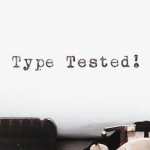
Status: Typewriter Hunter
Points: 1840
Collector of several things, including typewriters, slide rules, and mechanical calculators.
Started collecting typewriters in 2023 with a Royal HHE like the one I did my first book report on when I was in school and using my dad's old typewriter.
RESEARCH NOTE: When researching the Hermes Baby on a computer with lots of screen real estate, you may find that launching the Hermes Serial Number page and the Hermes Baby By Model/Year/Serial page in new browser windows can give you interesting perspectives on changes throughout the model series.
